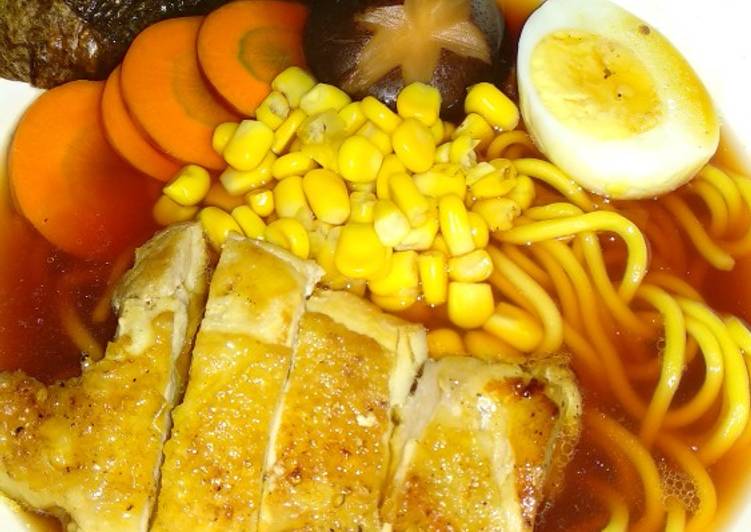Zero Waste Ramen. Zero Waste is also an ever changing journey, where one can adapt according to the also ever-changing market and/or family tastes. Zero-waste and live better: replace your Toilet Paper with a Hand Bidet Sprayer and start washing Zero Waste Nerd is a participant in the Amazon Services LLC Associates Program, an affiliate. Thanks to the zero waste movement and other passionate champions of sustainability, entrepreneurs are rushing to innovate and put sustainable products on the market.
 Pollution due to improper handling and disposal of solid wastes.
To transform the school into a Zero Waste Zone.
To protect our natural resources from being squandered.
You can cook Zero Waste Ramen using 16 ingredients and 8 steps. Here is how you achieve it.
Pollution due to improper handling and disposal of solid wastes.
To transform the school into a Zero Waste Zone.
To protect our natural resources from being squandered.
You can cook Zero Waste Ramen using 16 ingredients and 8 steps. Here is how you achieve it.
Ingredients of Zero Waste Ramen
- You need of Veggie scraps perfectly washed and clean.
- Prepare 2 of boneless chicken thighs.
- It's of Fresh or dry ramen noodles.
- Prepare 1 of Roasted Nori sheet.
- Prepare 2 of eggs.
- Prepare 1/2 cup of soy sauce.
- It's 1/2 cup of chicken stock or dashi stock.
- You need 1 clove of garlic.
- You need 1 inch of slice of fresh ginger.
- Prepare 1 of scallion.
- Prepare 2 tsp of brown sugar.
- It's 1 tsp of rice vinegar.
- You need 1/4 cup of mirin.
- Prepare 1/4 cup of sake or dry white wine.
- It's of Toppings of your choice.
- Prepare to taste of Salt and pepper.
Being "zero waste" means that we adopt steps towards reducing personal waste and minimizing our environmental impact. A Zero Waste Box provides solutions for difficult-to-recycle waste that cannot be recycled through one of our free programs or through regular municipal recycling. Zero waste is a whole system approach that aims to eliminate rather than 'manage' waste. As well as encouraging waste diversion from landfill and incineration, it is a guiding design philosophy for.
Zero Waste Ramen instructions
- Put veggie scraps in a large heavy pot and cover with water. Add around 2 tsp of salt, and bring to a boil. Boil them in high heat for about an hour tops..
- Remove the pot from the fire and strain the veggie scraps, reserving the resulting broth. It will be very bland. Don't worry, you can adjust the seasoning later..
- In a sauce pan mix the chicken or dashi stock with the soy sauce, the mirin, sake, sugar, rice vinegar, smashed garlic and ginger, and scallion. Stir and bring to a simmer. Cook on low heat until the mixture has reduced to about 1/2 cup of liquid. Be careful not to let the soy sauce burn. This will be the Tare, and will adjust the seasoning of the ramen..
- Boil two eggs, straight from the fridge, for 6 minutes. Start counting once the water starts boiling. The yolk should come up soft, or at least, perfectly yellow with no grayish rim..
- Add salt and pepper to both chicken thighs. In a skillet, cook the thighs skin side down first, until crispy and golden. Then flip and repeat. Set aside to rest, then cut each thigh into bite size strips..
- Cook the ramen noodles as instructed in the package. If you can't find any, use fresh spaghetti and replace the salt in the water with baking soda (sodium bicarbonate). Around 2 tsp should do..
- Fold the nori sheet four times and cut it into little rectangles..
- Finally, assemble the ramen: place 3 tbsp of tare in the bottom of the bowl, then add the noodles, followed by 4 ladlefuls of veggie broth. Place the toppings on top (the chicken thigh, and the egg sliced in half, and 4 nori sheets). I also added a shitake mushroom, a few slices of carrot, and corn. Be creative, and add any topping you want. Some flavoured oil can also add a great finishing touch (chilli oil, sesame oil, garlic oil, etc)..
For the most part, our bedrooms are not as wasteful as other areas of the Zero-waste study/home office. In preparation for this post, I went to a local office supplies store.